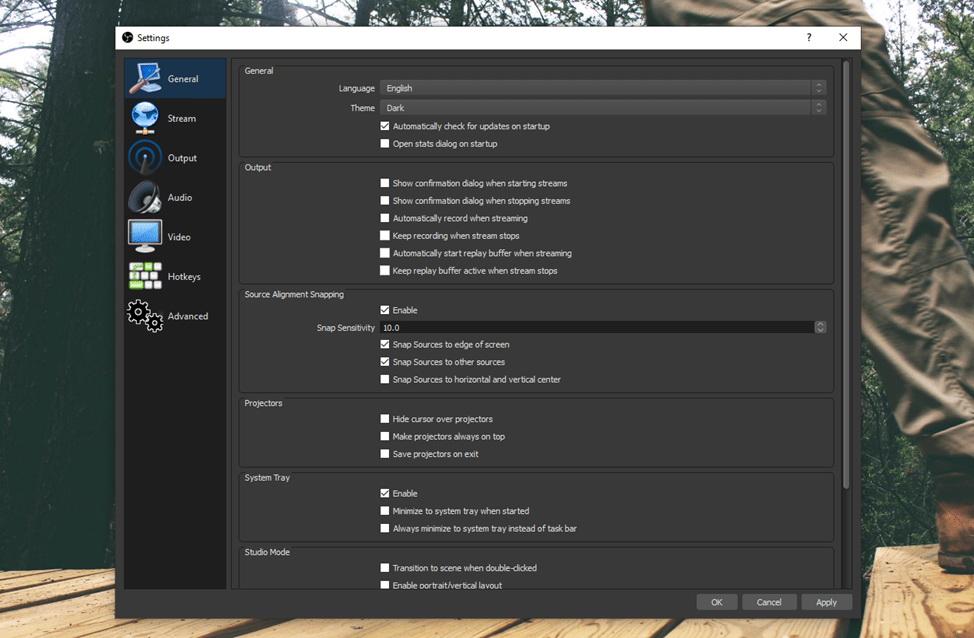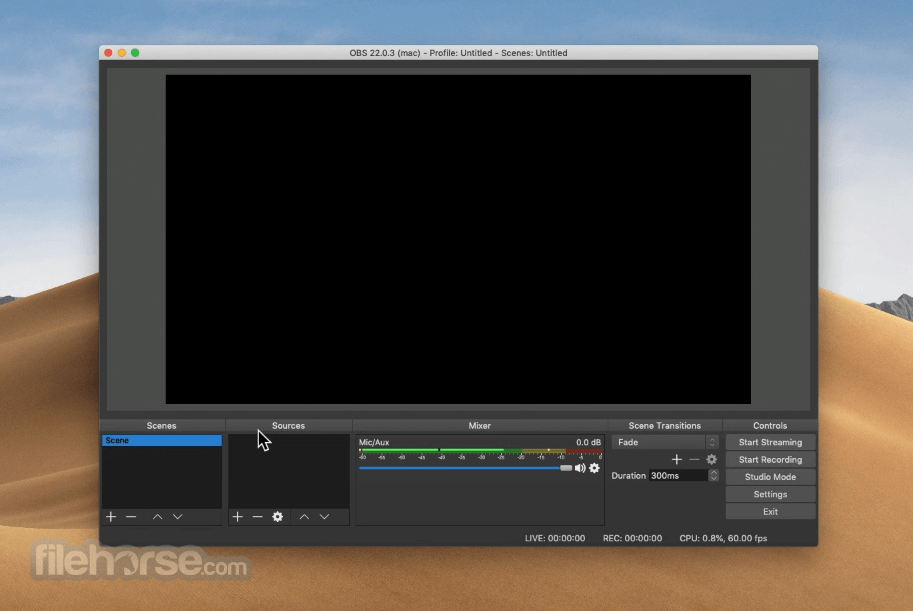

These tools should help people further fine-tune their audio setups. Two new audio filters have been added! An upward compressor, which helps normalize volume from being too quiet, and a 3-band EQ for making simple adjustments to the levels of your audio. On macOS, HEVC and ProRes are now supported. On Windows, we now support AV1 for AMD RX7000 series GPUs, and AV1/HEVC for supported Intel GPUs.

This release brings many new additional encoders to Windows and macOS. Welcome to OBS Studio 29! This release comes with many new encoder updates and features, all of which can be found in the release notes, but we've highlighted a few here. However, the changes also mean that displays will no longer potentially switch if anything has been unplugged or changed. Plugging in your iOS device with the app running automatically connects to OBS Studio when using a single device.Note for Windows Users: Due to changes to how Display Capture on Windows identifies and saves monitors you will need to re-select your display for any existing capture sources. Use your iOS device as a webcam and stream your heart out! 😃

If at this point it doesn't automatically connect, tap the refresh devices button and then select your device in the list. (it is by default)Ĭonnect your iOS device to your computer using the lightning cable it came with. Open the Camera for OBS Studio App on your iPhone.Ĭonfirm that the USB output is selected in the apps' output settings.
Make sure your iOS Device is unplugged to begin.Īdd a new "iOS Camera" source to your scene (only if there isn't one there from Step 2) There is a video of me running through these steps at the bottom if that's more your style - though I still recommend reading the steps below too. For best results, before starting make sure that your iOS device is disconnected and the Camera app closed.


 0 kommentar(er)
0 kommentar(er)
